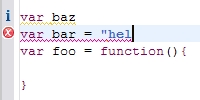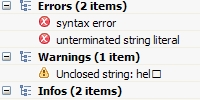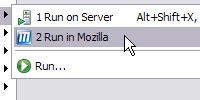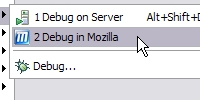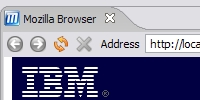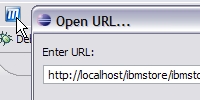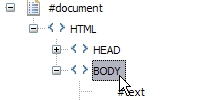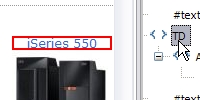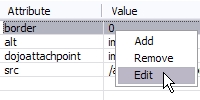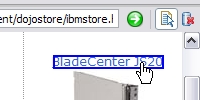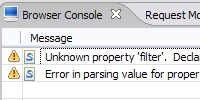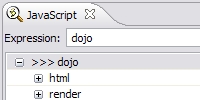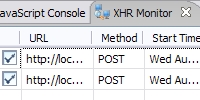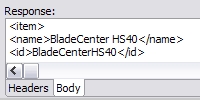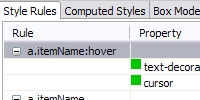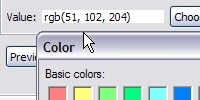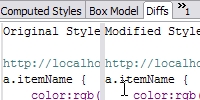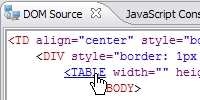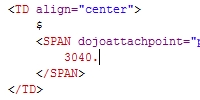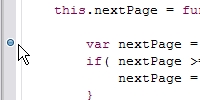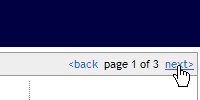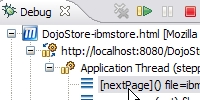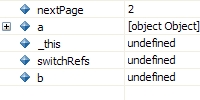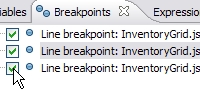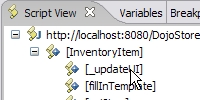Notice: this Wiki will be going read only early in 2024 and edits will no longer be possible. Please see: https://gitlab.eclipse.org/eclipsefdn/helpdesk/-/wikis/Wiki-shutdown-plan for the plan.
Difference between revisions of "ATF/Help"
| Line 1: | Line 1: | ||
| − | = | + | ==Ajax Tools Framework== |
| − | + | ||
| − | + | ||
| − | + | ||
| − | + | ||
| − | + | ||
| − | + | ||
| − | + | ||
| − | + | ||
| − | + | ||
| − | + | ||
| − | + | ||
| − | + | ||
| − | + | ||
| − | + | ||
| − | + | ||
| − | + | ||
| − | + | ||
| − | + | ||
| − | + | ||
| − | + | ||
| − | + | ||
| − | + | ||
| − | + | ||
| − | + | ||
| − | + | ||
| − | + | ||
| − | + | ||
| − | + | ||
| − | + | ||
{| | {| | ||
Revision as of 06:44, 4 November 2009
Ajax Tools Framework
|
ATF will validate your JavaScript code as you type and as a project wide build step. It supports different notification levels. more... |
JavaScript validation entries are reported in Eclipse’s Problems View. Select an entry to open the source file in and editor. more... |
Run your web application in the Embedded Mozilla browser. more... |
|
Debug your web application in the Embedded Mozilla browser. more... |
The Embedded Mozilla is a fully functional browser with tighter integration with Eclipse. more... |
Open the Embedded Mozilla by using the toolbar action available in the Mozilla Perspective. more... |
|
Use the DOM Inspector view to get a live snapshot of the document rendered in the browser. more... |
Discovered where a DOM element in the DOM tree is rendered in the browser. more... |
Modify the attributes of the selected DOM element and immediately see the effects in the browser. more... |
|
Select elements to inspect by making a selection directly on the browser. more... |
Use the Browser Console view to see error and warning messages logged by the browser. Click on a console entry to open the affected file in an Eclipse editor. more... |
Evaluate JavaScript expressions on the page and interactively inspect the results. more... |
|
See all the AJAX calls made by your application in the XHR (XML HTTP Request) Monitor view. more... |
Look at the response and request details for each AJAX call.more...) |
Inspect all the CSS rules and style properties that are applied to the selected DOM element in the CSS view. more... |
|
Make changes to the values of style properties and previewed or permanently applied them to the browser. more... |
Track all the CSS changes made to later apply them to your application. more...) |
See source text of the selected DOM element and its descendants and use it to navigate the document. more... |
|
Make text modifications in the DOM Source view and change the content displayed in the browser. more... |
Set breakpoint markers on files located in projects as well as remotely located files for debugging JavaScript. more... |
When the JavaScript Debugger is running, interact with the application in the Embedded Mozilla to trigger a breakpoint. more... |
|
When the JavaScript Debugger encounters a breakpoint, interact with the current call stack using the Debug view. more... |
Inspect the variables in scope at each level of the call stack in the Variables view. more... |
See all the breakpoints that the JavaScript Debugger is observing in the Breakpoints view. more... |
|
Use the Script View to list all the files that contain JavaScript in the application and add or remove breakpoints. more... |

